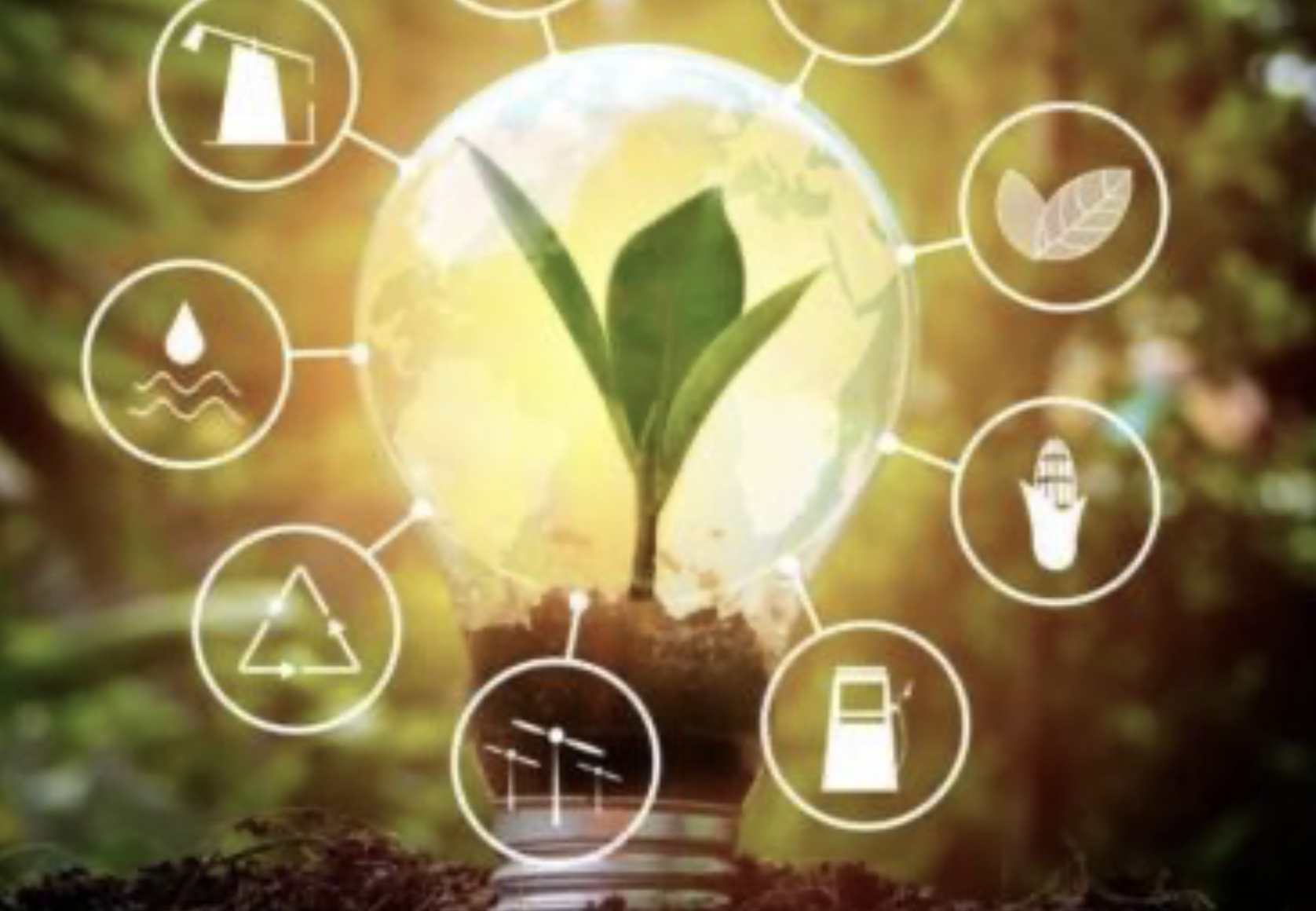About this course
Energy Harvesting: Capturing and Utilizing Ambient Energy
Introduction
In a world increasingly concerned about sustainability and the efficient use of resources, energy harvesting has emerged as a promising solution to address the growing demand for power while reducing our environmental footprint. Energy harvesting involves the capture and utilization of ambient energy from the environment to generate electricity. This innovative approach holds immense potential for a greener and more sustainable future. In this article, we will explore the concept of energy harvesting, its various sources, applications, and why you should consider joining a course in this field to be a part of this exciting and transformative journey.

What is Energy Harvesting?
Energy harvesting, also known as power harvesting or energy scavenging, is the process of capturing and converting energy from the surrounding environment into usable electrical energy. Instead of relying solely on traditional power sources like batteries or the electrical grid, energy harvesting systems tap into naturally occurring energy sources, allowing for continuous, sustainable, and often autonomous power generation.
Sources of Ambient Energy
Energy harvesting leverages a wide range of sources, each with its unique characteristics and applications:
- Solar Energy: Solar panels capture sunlight and convert it into electricity. This technology is commonly used in solar calculators, outdoor lighting, and off-grid power systems.
- Thermal Energy: Thermoelectric generators can harness temperature differences to generate electricity. This is particularly useful in industrial processes and for powering remote sensors.
- Vibrational Energy: Devices known as piezoelectric generators can convert mechanical vibrations and movements into electrical energy. They find applications in wearable devices, industrial machinery, and even shoes that can charge your phone as you walk.
- RF (Radio Frequency) Energy: Radio waves from Wi-Fi routers, cell towers, and other sources can be harvested using specialized antennas and rectifiers. This technology is used in low-power IoT devices.
- Wind Energy: Small wind turbines can generate electricity from wind power in remote or off-grid locations, providing a clean energy source.
- Hydro Energy: Water flow in rivers and streams can be harnessed using micro-hydro generators to produce electricity for remote villages and wilderness cabins.
Applications of Energy Harvesting
Energy harvesting has a wide range of applications across various industries:
- Internet of Things (IoT): Low-power IoT devices, such as sensors and beacons, can be powered by energy harvesting, eliminating the need for frequent battery replacement.
- Healthcare: Wearable medical devices and implants can be powered by harvesting body heat and motion, providing continuous monitoring and therapy without the need for invasive surgeries.
- Environmental Monitoring: Remote sensors for weather stations, pollution monitoring, and wildlife tracking can operate for extended periods in remote locations thanks to energy harvesting.
- Smart Buildings: Building automation systems can benefit from energy harvesting by powering sensors, switches, and wireless communication devices.
- Transportation: Energy harvesting technologies can be integrated into vehicles to improve fuel efficiency and power auxiliary systems.
- Agriculture: Autonomous sensors and actuators powered by energy harvesting can enhance precision agriculture by monitoring soil conditions, weather, and crop health.
Join the Course: Be Part of the Green Revolution
As the world moves towards a more sustainable future, the demand for professionals with expertise in energy harvesting is on the rise. By joining a course in energy harvesting, you can position yourself at the forefront of this exciting field. Here are some compelling reasons to consider enrolling:
- Sustainability: Energy harvesting contributes to a greener planet by reducing our reliance on finite energy resources and minimizing environmental impacts.
- Innovation: Energy harvesting is a rapidly evolving field with limitless potential for innovation. You can be a part of groundbreaking discoveries and technologies that shape the future.
- Career Opportunities: Companies across various industries are actively seeking professionals who understand energy harvesting. Your expertise can open doors to exciting job opportunities.
- Global Impact: Energy harvesting has the power to transform the lives of people in remote areas by providing them with access to reliable and sustainable energy sources.
Conclusion
Energy harvesting represents a paradigm shift in the way we generate and use electricity. By harnessing ambient energy sources, we can reduce our carbon footprint, improve the efficiency of devices, and enable new applications that were previously impossible. Joining this course in energy harvesting is not just an investment in your career but also a commitment to a more sustainable and environmentally responsible future. Embrace this opportunity to be a part of the green revolution and make a positive impact on the world.

